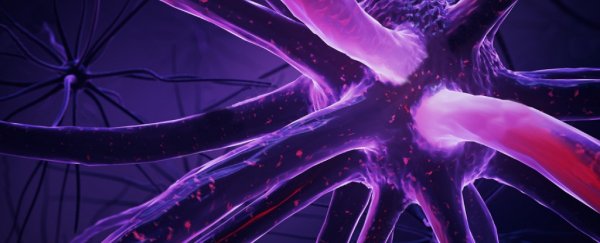A new type of neuron has been discovered in rats' brains by University of Amsterdam (UvA) researchers that plays a key role in larger scale navigation.
The scientists colloquially called the neuron, seated in the perirhinal cortex, the 'neighbourhood cell' because it deals with the ability to tell the difference between general areas of an environment.
The cells work in conjunction with 'hippocampal place cells', which provide more fine-grained assessments of location.
To use an analogy from the study, if an individual is trying to get from her house to a remote location in another region, the perirhinal cortex neurons deal with navigating through streets and neighbourhoods, while the hippocampal place cells are only needed when she needs to situate herself precisely, such as gauging "which houses she will pass in succession".
The scientists discovered the new cells by monitoring the neural activity of four areas of a rat's brain (the perirhinal cortex, hippocampus, and two sensory areas) while they navigated a figure-eight maze that overlaps in the middle.
They found that while the activity of the hippocampal place cells depended on what area of the maze the rat was in, activity in the perirhinal cortex was more sustained.
While human brains may not work exactly like the rat brains studied in this research, these findings may help us understand how we navigate our environment on a more general scale.
They may also provide insight into some of the conditions in which this process is impaired.
Among other conditions, the study states that "the lack of this capacity is one of the hallmarks of Alzheimer's disease".
Alzheimer's specialists could eventually develop treatment strategies for those specifically affected by wandering if they focus therapy on this area of the brain.
Alzheimer's disease affects up to 5.5 million people in the US, and the wandering it causes is extremely worrying for family members and caregivers as it puts these vulnerable individuals at risk.
The treatment strategies could work in conjunction with other possible breakthroughs in Alzheimer's, such as the drug nilotinib and light therapy, in order to provide a spectrum of approaches to stall the development of this debilitating disease.
This article was originally published by Futurism. Read the original article.
